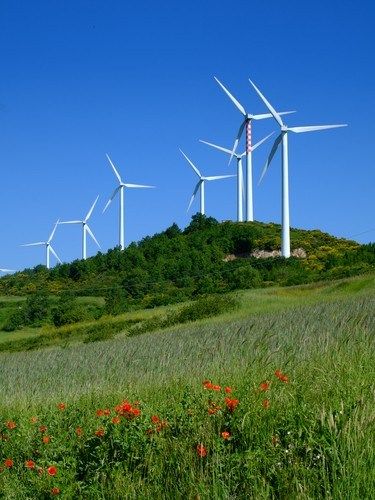Wind energy is one of the fastest-growing renewable sources in the United States. With vast open lands, strong wind corridors, and rising demand for clean electricity, the country has positioned itself as a global leader in wind power production. States like Texas, Iowa, and Oklahoma are leading the way, but nearly every region is seeing new projects emerge.
There are several reasons behind this rapid growth. The cost of wind technology has dropped a lot over the past decade, making it cheaper in many areas than coal or natural gas. Government support also plays a big role. Both federal tax credits and state-level energy goals are pushing utilities and private companies to invest more in wind power. In some cases, it’s even customers asking for greener options that motivates the shift.
For businesses, this expansion means more than just environmental benefits. Many companies can now sign power purchase agreements directly with wind energy developers. This lets them lock in stable electricity rates for several years, often at lower prices than traditional sources. Others may access wind energy indirectly through their utility provider or energy broker, without changing anything in their daily operations.
Wind energy also creates new opportunities in the job market. From turbine manufacturing to transportation, construction, and maintenance, thousands of jobs are being created across the country. Companies working in logistics or tech services can find ways to partner or support this growing supply chain.
Of course, wind power still faces challenges. One major issue is infrastructure. Many of the best places for wind farms are far from cities where energy demand is highest. Building the transmission lines needed to connect these regions takes time, money, and planning. There are also local concerns about the look and sound of turbines, so community engagement is important too.
Still, the future of wind energy in the U.S. looks promising. Some experts believe wind could supply over 30 percent of the country’s electricity by 2050. That means cleaner air, lower costs in the long run, and more energy security for businesses and households alike. And while you might not see a turbine from your office window, there’s a good chance the wind is already helping power your life.


